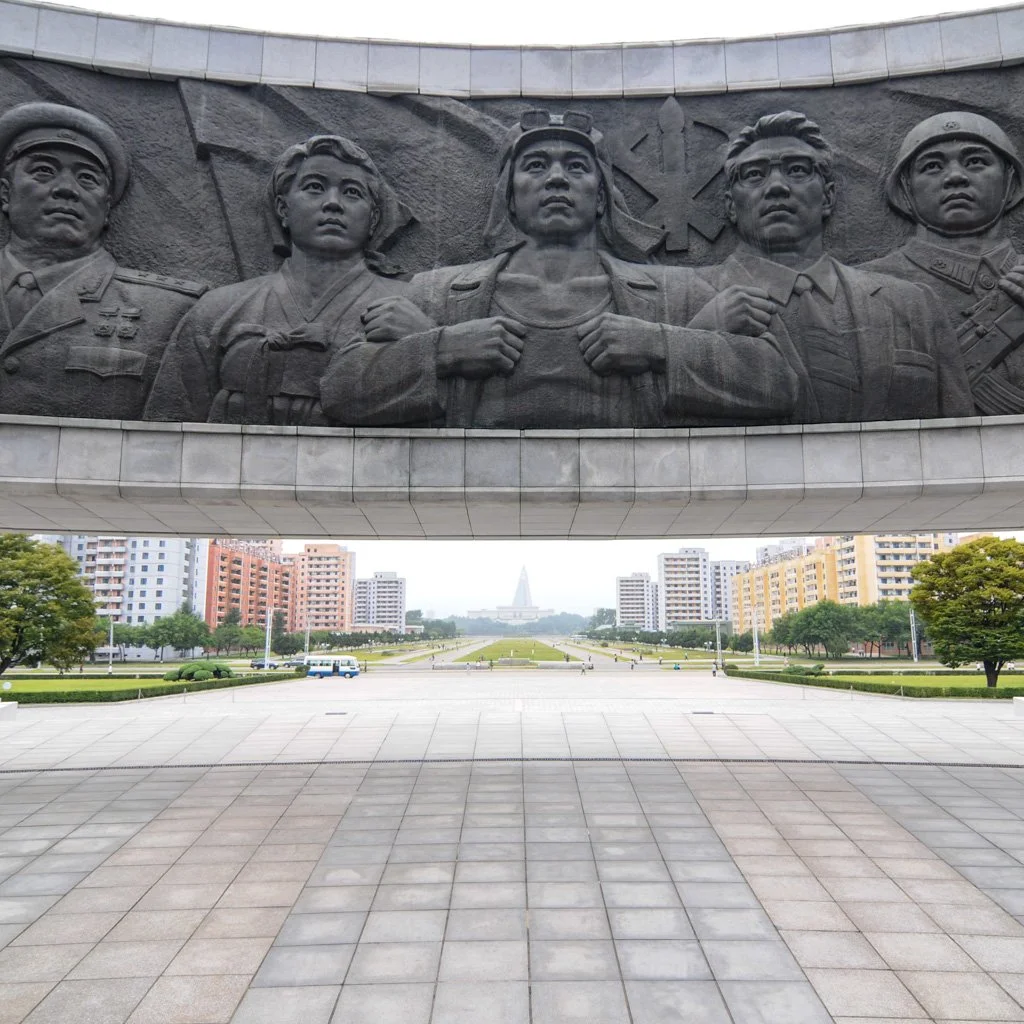The organisational structure of the Designing Department, which consolidates the design and construction process and controls teams of soldier builders, is similar to the design-build project delivery system — a globally popular construction delivery method. This system calls for the management of design and construction by a single entity, which, in principle, can result in greater efficiency and better integration between different stakeholders in the project.
Other attempts at improving coordination in construction are apparent in organisational and technological changes.
The dissolution of the Capital City Construction Commission in April, though believed to be politically motivated by Jang Song Thaek’s purge, has been important in removing the organisation’s overlapping functions with existing ministries.
Also, according to an architect during a Choson Exchange visit, the design and construction industry is experimenting with the process of Building Information Modelling (BIM), a tool for integrating construction information between different stakeholders of the project.
There is also a growing interest in design, as witnessed in the development of landmark projects, such as the Masikryong Ski Resort and Munsu Water Park. Another example is the elevation of Pyongyang University of Architecture to a ‘general university’ in November 2013, making it the fourth university in the country to enjoy this status. Several designers educated abroad have also been exposed to new design tools and knowledge that can be applied in North Korea.
So, what do these general trends and the appointment of Ma Won Chun as the leader of the Designing Department in the NDC mean for North Korea?
First, having a central authority preside over design and construction units in the country may reduce inter-ministry rivalry and improve the coordination, efficiency and quality of construction projects. This is especially important within the context of attracting foreign investors to develop North Korea’s new special economic zones. Perhaps more than political shifts at the top, what these investors are concerned with is the smooth delivery and quality execution of projects. This requires reliable, efficient and well-coordinated local partners on the ground.
Second, with the state´s increasing desire to develop tourism products, devoting more attention to design is important for creating a suitable environment and ‘experience’ for tourists, which are lacking in current resorts. The new department in the NDC seems to signal the growing importance of design at a strategic level. However, the success of its strategic goals will also need to be complemented bytraining and exposure to global design standards for people on the ground.
Although the Designing Department in the NDC is too new to be accurately evaluated, its creation and the appointment of Ma Won Chun seem to reveal that things are at least starting to move in the right direction for North Korea’s design and construction industry.
This article originally appeared on the East Asia Forum Website.












